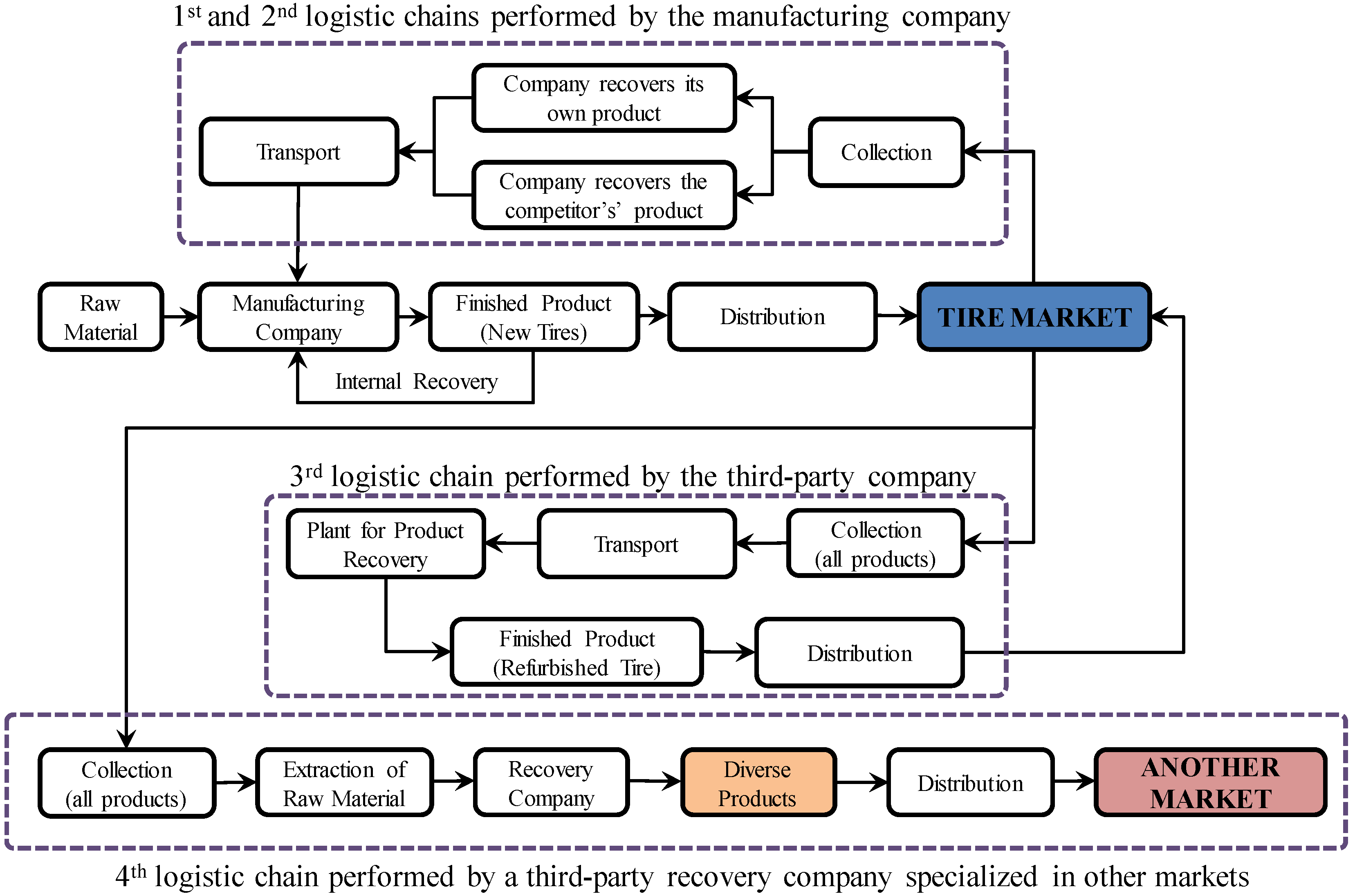
So far, I have just discussed the fulfillment side of omnichannel operations. What will happen when 10 times the data is available?” … Companies are already struggling to manage data properly towards better customer experience. She writes, “The sheer math looks like this: 44 zettabytes of generated data in 2020 is 10 times - yes, ten times - what we are generating now. And also, how much and where the optimal inventory should go so we can satisfy that customer’s needs wherever she wants to shop.” Bliss points out another reason cognitive technologies are needed in today’s omnichannel world - the amount of data needing to be analyzed. To be able to give that customer a much better experience, not just in terms of how we market to her, but also in terms of the ideal product assortment in each location, whether it be in-store or online. Lori Schafer, Retail analytics technology executive, explains, “ allowing the retailer to apply analytics to every step of the customer journey. Burnson explains, “According to Barrons, the new warehousing infrastructure and downstream processes need to be reinforced with accurate and near-real-time information flows from the upstream container movement from vessel arrival through to container availability and yard management that feeds the gate and rail process.”Īdvanced analytics is playing (and will play) a significant role in omnichannel operations. Providing near-real-time visibility is certainly one way. As President and CEO of a cognitive computer firm, whenever I hear the word complexity, I natural think about how cognitive technologies can help simplify things.

… E-commerce users typically need two to three times the amount of warehouse and distribution space that traditional users do.” Burnson goes to note that e-commerce is having an impact on air freight hubs, maritime cargo, middlemen, and intermodal operations. David Egan, head of industrial and logistics research in the Americas for the CBRE Group, told Burnson, “These mega-facilities serve as the backbone of retailers’ fulfillment networks, distributing goods across multi-state regions. The digital path to purchase now requires much more picking of individual items for e-commerce customers. Inside those facilities things are also getting more complex. “117 such facilities were built across the United States from 2010 to 2016 for a total of 141.2 million square feet.” And more are being built.

He points to the growing number of fulfillment centers (i.e., warehouses) being built across the U.S. Patrick Burnson explains, “While ‘last mile’ carriers receive most of the attention these days, the traditional modal heavyweights are in charge of connecting this ever-growing web of facilities.” A whole bunch of other cogs are involved in that process. She adds, “There is more you could group under omnichannel, but that’s a good start.” Once a consumer completes his or her digital path to purchase (i.e., buys something), the goods need to be delivered. Face-to-face interactions between customers and employees.Nevertheless, Bliss understands there are a number of cogs in consumer-facing omnichannel machine.

The idea - and the ideal - is to get the offer in front of them at the time they’re most likely to be interested.” That customer-centric definition might lead one to believe omnichannel is all about marketing - but supply chain professionals know that’s not true. It refers to the various touch points by which a business/ organization can reach a customer. Concerning consumer-facing cogs, Jeanne Bliss ( Founder and President of CustomerBliss, writes, “You probably know what omnichannel means, but a quick definition is always helpful. There are customer-facing cogs, internal supply chain cogs, and supplier-facing cogs. Trying to describe all the cogs in the omnichannel machine is difficult. Damage a tooth on a cog and the machine works ineffectively or not at all. Tom Redd, a marketing expert, observes, “Omnichannel is a marvelous thing, and all cogs in the retail mechanism play a part.” I like that imagery because machines with cogs are generally complicated and each cog serves a purpose. Michael Jones ( a business consultant, explains, “Consumers don’t shop ‘omnichannel.’ They simply just shop.” Successful companies make omnichannel operations seamless and easy for consumers but, behind the scenes complexity rules. Consumers now take the digital path to purchase more often than not but, they don’t care what retailers call their shopping journey or what strategies companies use to make the shopping journey a seamless one. Omnichannel retail operations are well on their way to becoming the norm.


 0 kommentar(er)
0 kommentar(er)
